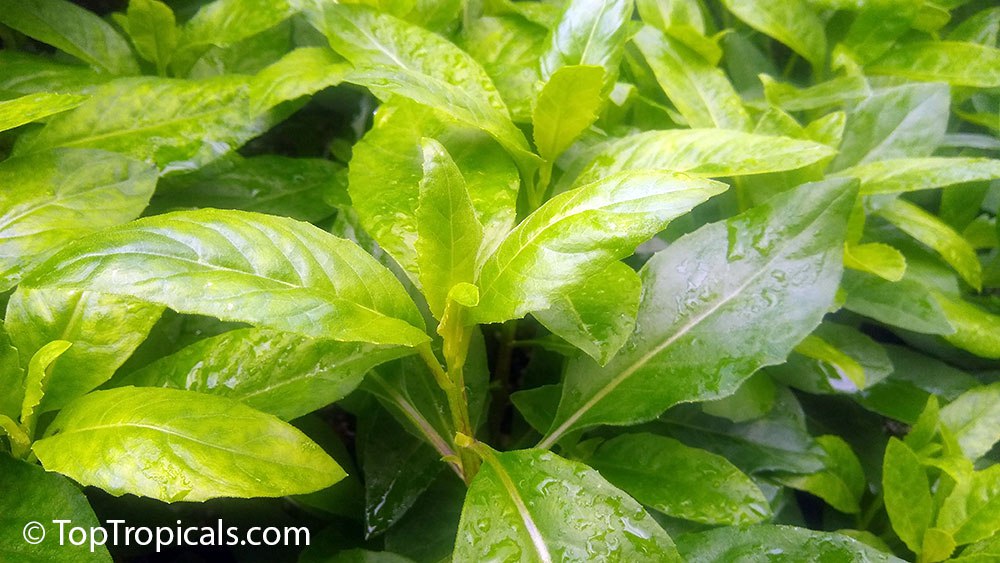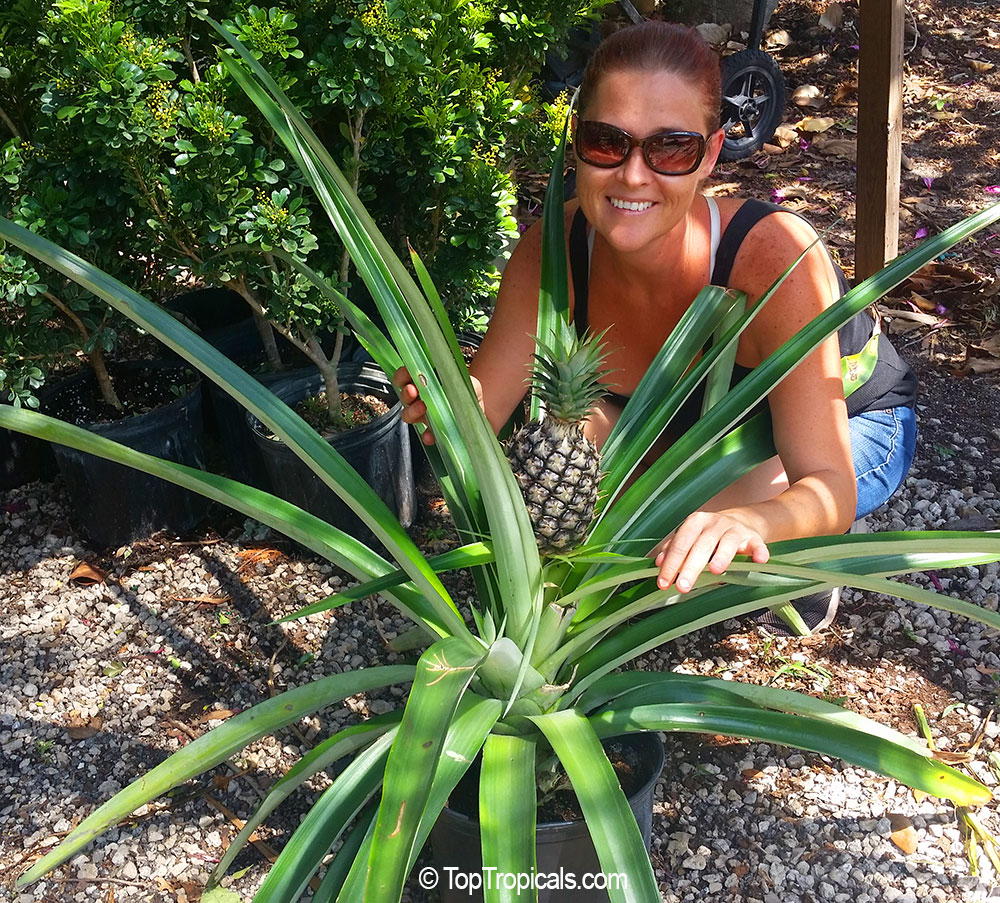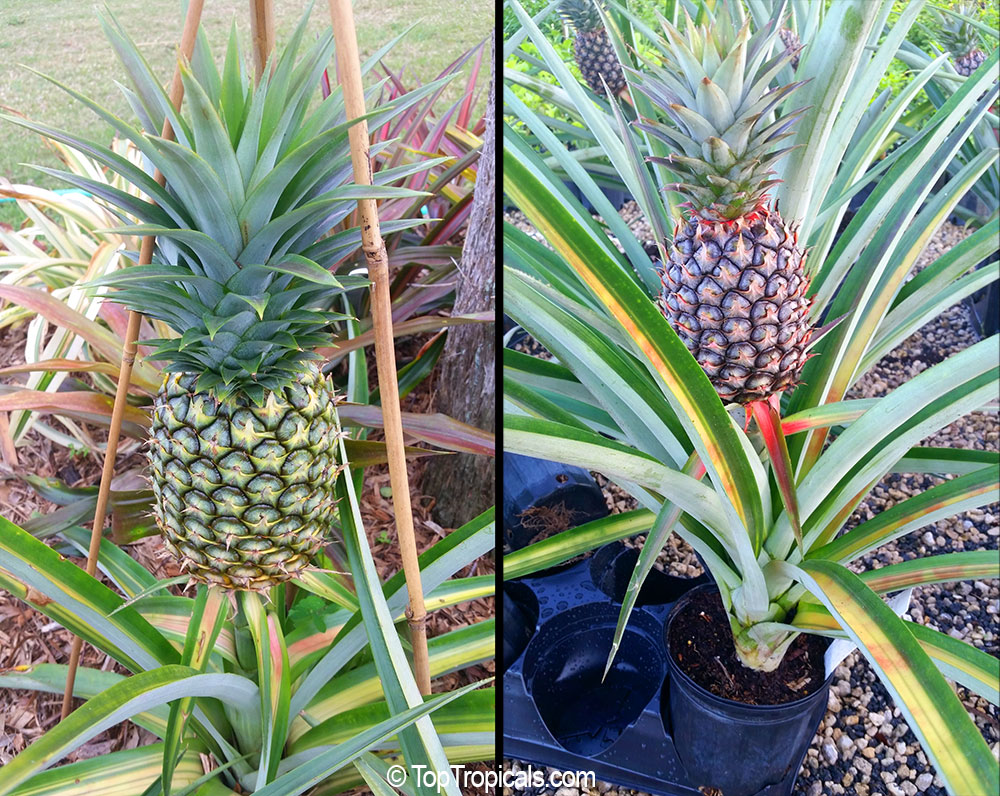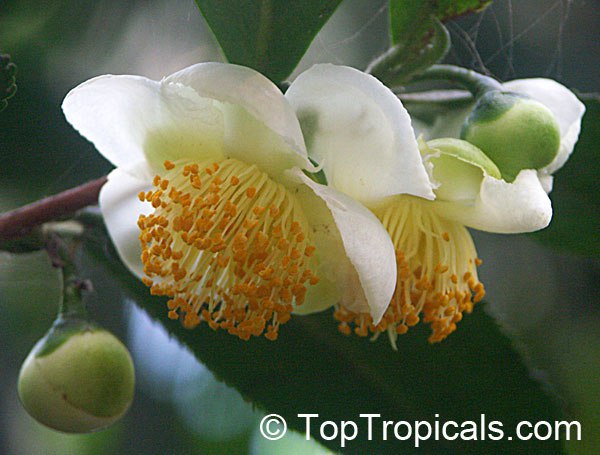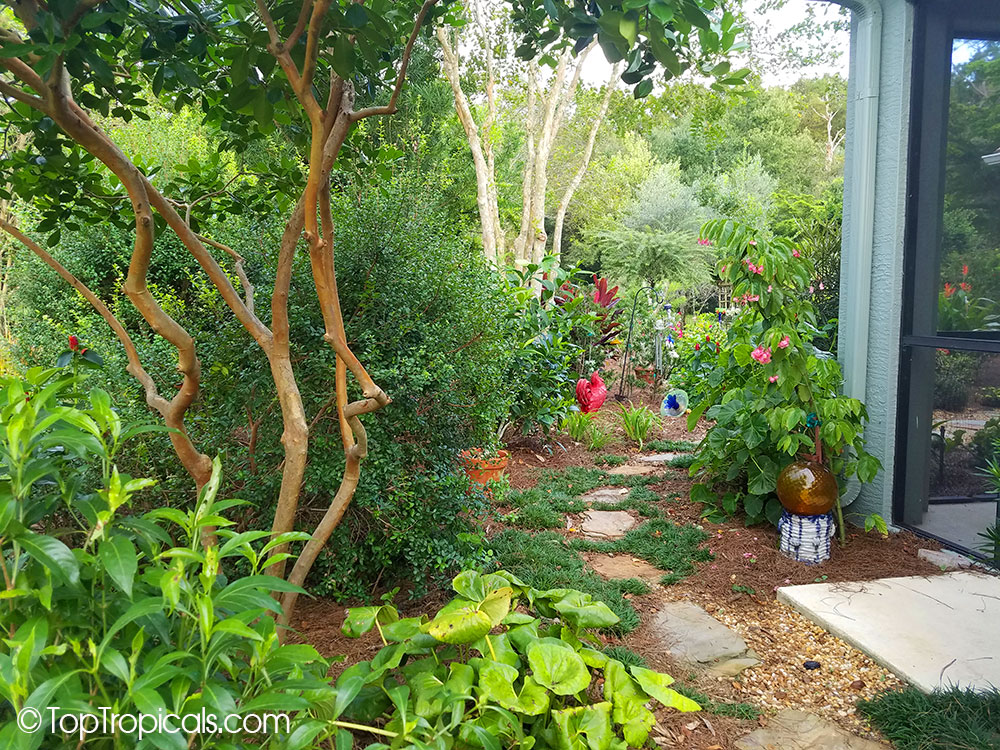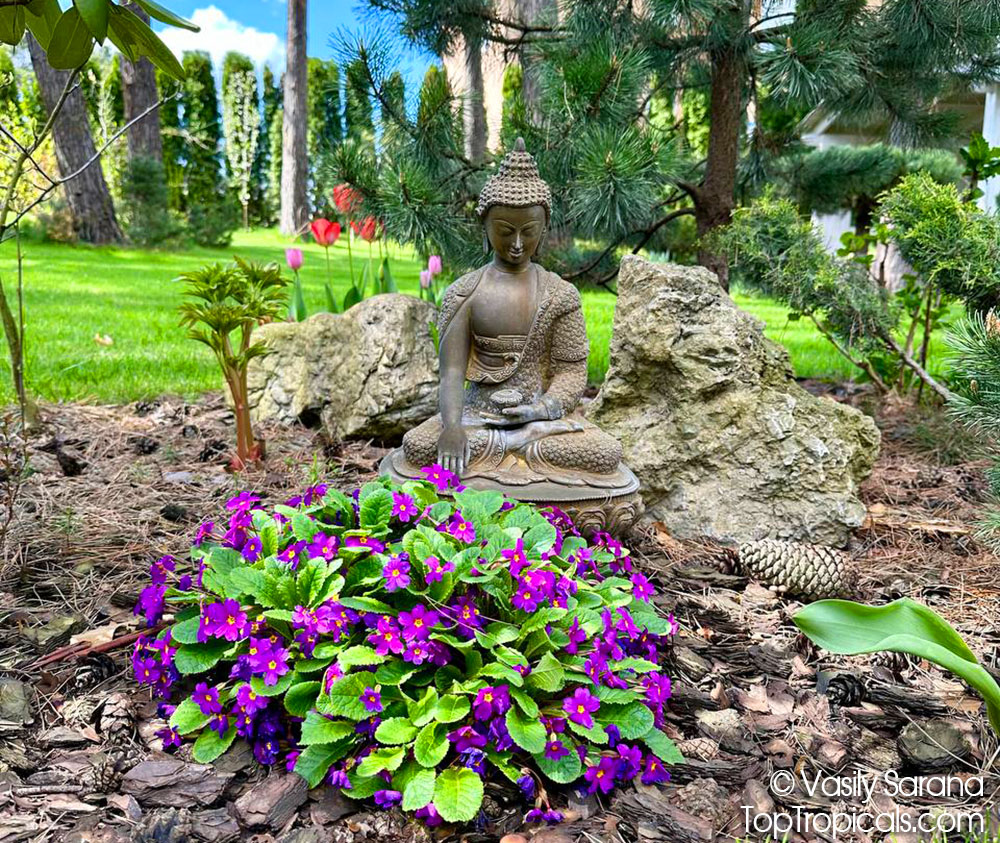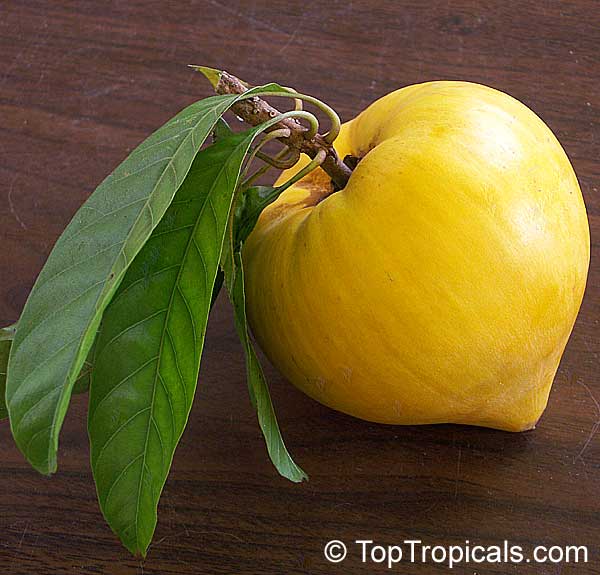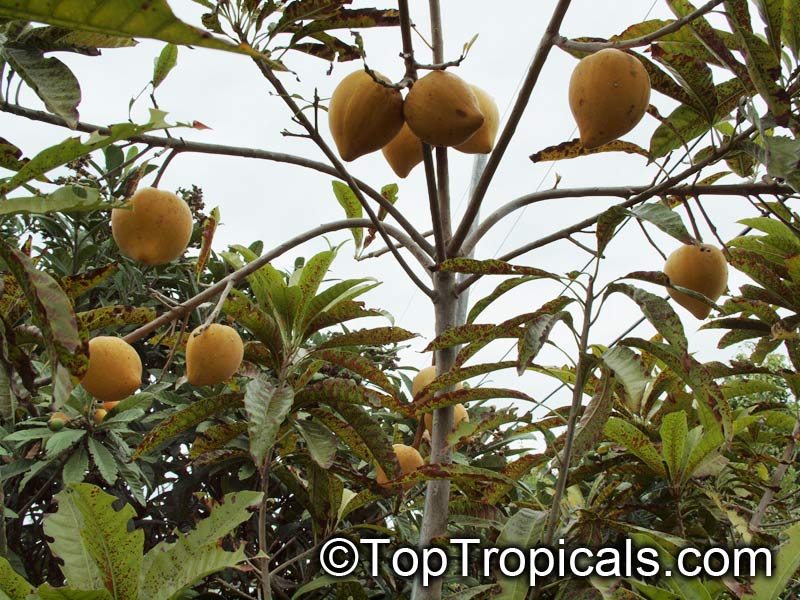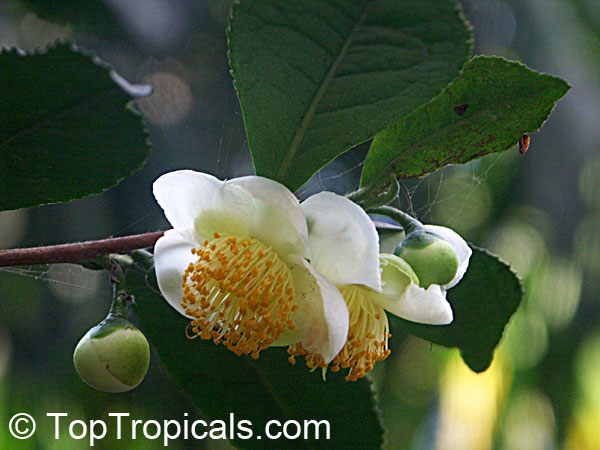Garden Blog - Top Tropicals
How to make healthy food taste delicious? Longevity Spinach Super-food Recipes
- ☘️ Gynura procubens (Longevity Spinach, Okinawa Spinach) is one of the Superfoods, known for its longevity-promoting properties in traditional medicine.
- ☘️ Native to Indonesia, commercially grown in China. It is a relatively hardy perennial that once planted, you will have these healthy greens for many years!
- ☘️ Both the stems and the leaves are edible and nutritious, can be eaten raw or cooked. They have a unique flavor with a faint hint of pine, and will add a beautiful aesthetic element to cuisine.
- ☘️ This green is also known as cholesterol spinach, and there are many claims that it lowers can cholesterol.
- ☘️ Perfect for hot and humid climates unlike traditional Spinach that only grown in cooler areas. It will thrive in any type of soil, any type of light other than dark shade, and is pest-free.
- ☘️ Very adaptable to container gardening and even grows well on a windowsill.
- ☘️ The leaves and young shoot tips can be steamed, used in stir fry, tempura, stews, and soups. Just add them at the very end.
Check out the recipes⬇️⬇️⬇️
📚 Gynura: Longevity Spinach Superfood Recipes
🎥 Best Hot Weather Spinach Crops - Longevity and Okinawa Spinach
🛒 Plant Longevity Spinach and live long
#Food_Forest #Recipes #Remedies
🏵 TopTropicals
Date:
Five benefits of growing your own Pineapple
Q: Can I grow my own pineapple fruit?
A: Growing a Pineapple plant - Ananas comosus - is a fun and rewarding experience that offers both visual and practical benefits:
1. Fresh, homegrown fruit: One of the main benefits of growing a pineapple plant is that you can enjoy the fruits of your labor by harvesting fresh, delicious pineapples right from your own backyard.
2. Aesthetic appeal: Pineapple plants are visually appealing with their long, spiky green leaves and bright, vibrant fruits. They can add a tropical, exotic touch to any garden or indoor space.
3. Low maintenance: Pineapple plants are relatively easy to grow and require minimal maintenance. They can tolerate a variety of soil and light conditions and don't require frequent watering or fertilization.
4. Health benefits: Pineapple fruit is rich in vitamins, minerals, and antioxidants that can provide a range of health benefits, including improved digestion, boosted immunity, and reduced inflammation. It is recommended to eat a slice of a pineapple after every meal to keep healthy digestive system.
5. Collectable varieties: The pineapple plant can be easily propagated by cutting off the top of a pineapple fruit. However, for those seeking excellent quality, it is recommended to choose superior hybrids from professional growers. Become the proud owner of "The King of Fruits" collection! It takes up minimal space and provides fresh fruit throughout the year.
Read more about Pineapple: The most luscious Hospitality Fruit - Pineapple.
Remember to add Sunshine Ananas fertilizer to your purchase for a long lasting Pineapple crop season.
Longevity Spinach Superfood Recipes: how to make healthy food delicious
Can healthy food taste delicious?
Healthy Longevity Spinach... It tastes like... spinach? You can add it to your salads, but let's face it, you can only eat so much of a salad. So try it cooked - you will be so surprised and want to eat it every day!
🍳 Eggs with Longevity Spinach
You will need:
🌿 Longevity Spinach or Okinawa Spinach: 2 handfuls
- 1 cup Bacon (optional), sliced or chopped, or: 2 tbsp Olive or vegetable oil
1 large Onion, sliced in semi-rings
1 sweet pepper, red or yellow, sliced
3-5 cloves garlic, chopped (optional, to taste)
5-6 eggs
1 cup ground beef or turkey/chicken (optional), or mushrooms
½ cup shredded cheese (regular or Parmesan)
salt and pepper to taste
🌶 Sweet Chile Sauce (optional. Tastes great with this dish!)
- 🍷 a glass of your favorite wine or cocktail to enjoy your dinner
Preparation time: 10 min
Makes dinner for 2
Open detailed recipe
🛒 Order Longevity Spinach
#Edible_Forest #Recipes
TopTropicals.com
We Grow Happiness
Date:
Benefits of growing your own tropical fruit
"The fruit of the mango tree is no longer forbidden.
Indeed, it has been recommended to me by the physicians as an antidote to the
plague."
- Louis IX, King of France -
Q: Why do you want to grow your own tropical fruit tree?
A: Growing your own tropical fruit tree can have many benefits. Here are a few reasons why someone might choose to grow their own tropical fruit tree:
1. Fresh, flavorful fruit: When you grow your own tropical fruit tree, you have access to fresh, flavorful fruit that you may not be able to find at your local grocery store. Tropical fruit, like avocado, mangoes, papayas, and passionfruit, jackfruit, Dragon Fruit, Annona have a short shelf life, and the fruit you find at the store may have been harvested weeks ago. When you grow your own fruit tree, you can pick the fruit when it's fully ripe and enjoy it at its peak flavor. Besides, some rare fruit like Akee or Sapodilla simply never offered from the store.
2. Environmental benefits: Growing your own fruit trees can have environmental benefits. Trees absorb carbon dioxide from the air and release oxygen, which can help reduce your carbon footprint. Additionally, growing your own fruit trees reduces the need to transport fruit long distances, which can help reduce greenhouse gas emissions.
3. Cost savings: Depending on where you live and the availability of tropical fruit, growing your own fruit tree can be a cost-effective way to enjoy your favorite tropical fruits.
4. Gardening and outdoor hobby: Growing a fruit tree can be a fulfilling and rewarding outdoor hobby. It can also be a great way to teach children about where their food comes from and the importance of taking care of the environment.
Overall, growing your own tropical fruit tree can be a great way to enjoy fresh, flavorful fruit, reduce your carbon footprint, save money, and enjoy a fulfilling outdoor hobby.
In the photo: Mango tree in Top Tropicals garden.
Where does the tea come from?
- 🍃 Camellia sinensis - Tea Leaf. Yes, tea comes from a camellia!
- 🍃 Tea Leaf is a small evergreen tree, usually pruned back to shrubs in cultivation.
- 🍃 In the fall and winter, the plant will produce small white flowers with a lovely fragrance.
- 🍃 Tea is the second most commonly drank liquid on earth after water. It has numerous medicinal benefits mainly due to its antibacterial and antioxidant properties.
- 🍃 To grow Tea Leaf Plant, make sure to pick an area of your landscape where it does not flood or remain wet during our rainy season. Camellia sinensis do not like wet feet at all. They prefer well-drained, sandy and slightly acidic soil.
📚 Learn more: Tea Leaf Plant and Tea Harvesting Recipes
🛒 Shop Tea Leaf Plant
#Food_Forest #Recipes
🏵 TopTropicals
Date:
The Benefits of Companion Planting
Q: What is companion planting?
A: Companion planting is a gardening technique that involves planting different crops or types of plants together in a way that benefits all plants. This practice has been used for centuries, and it can be especially useful in tropical gardens where there is a diversity of plant life: trees, shrubs, vines and climbers, ground covers, fruit and edibles, and different flowering ornamentals. It is a great way to improve the health and yield of fruit tree crops while reducing the need for fertilizers and pesticides. By choosing the right companion plants and planning your garden layout carefully, you can create a vibrant and diverse ecosystem that will benefit both your plants and the environment.
Companion planting involves:
Planting different crops together to repel insects: adding such plants as Lemon grass, Patchouli leaf, or Moujean Tea near your vegetables can deter aphids and other pests.
Attracting pollinators - Butterfly plants. Many tropical crops, such as passion fruit, papaya, mango, and avocado, rely on pollinators to produce fruit. Companion planting can help to attract pollinators such as bees, butterflies, and hummingbirds to your garden.
Providing nutrients to the soil, adding mulch and low growing plants (ground covers) to preserve moisture.
Planting a variety of different types of plants together in order to create a more resilient ecosystem that is less susceptible to pests and diseases.
To get started, plan your garden layout and choose companion plants with
similar water and light requirements.
For example, plant in the same group lush foliage plants, gingers, and flowering brunfelsias in shady areas; plant jasmines and gardenias in full sun and very well-drained spots.
Rotate annual crops regularly and experiment with combinations to find what
works best. By doing this, you can create a thriving ecosystem that benefits
both your plants and the environment, reducing the need for harmful
chemicals.
Date:

December Fest on Dec 10, mark your calendars!
Topic: Edible landscape. 10:00am - 2:00pm. Agenda:
Class @ 11:00am by Robert Riefer. How to keep pests off of maturing fruit.
Class @12:00pm Super foods by Zoe Merring. Benefits of Soursop, barbados cherry, goji, moringa. Benefits and recipes.
Discounts on all edibles
Prize giveaways at 12:00pm and 2:00pm (must be present to win)
20% off After-Cyber-Monday sale! Now that everybody is done with shopping for monitors and speakers, it is time to get some happy stuff! 20% off on all fruit trees, 1 day only! Enjoy your shopping and get the plants you always wanted at a low price!
Date:
Benefits of Canistel tree and fruit
Q: What is so good about Canistel fruit? Should I plant a Canistel tree in my garden?
A: Canistel fruit, also known as Eggfruit, has several appealing qualities. It is highly regarded for its sweet, custard-like flavor and smooth, creamy texture. Additionally, canistel fruit is a good source of essential nutrients such as vitamin A, vitamin C, and dietary fiber, making it a nutritious choice for those seeking a unique and tasty fruit experience.
Planting a Canistel tree can be beneficial for a few reasons. Firstly, it allows you to enjoy the delectable fruit it produces right in your own backyard, providing a fresh and unique addition to your homegrown produce.
Secondly, Canistel trees are relatively low-maintenance and can thrive in warm climates, making them a suitable choice for tropical or subtropical regions.
Finally, by planting a Canistel tree, you contribute to the preservation and diversity of fruit-bearing trees, enriching the ecosystem and potentially attracting wildlife to your garden.
To learn more about Canistel tree, fruit, tasty recipes, and more - see this article:
Pouteria campechiana - Canistel, the curious heart-shaped Egg Super-Fruit
Date:
A Cup of Tea Plant
By Onika Amell, tropical plant specialist
A: I live in Ave Maria, Florida. I want to try my hand at growing my own tea. Which plant do I need?
A: Most people do not realize they are actually enjoying
camellias when they sip their cup of tea. True tea comes from the Camellia sinensis
plant, an evergreen shrub or small tree.
In the fall and winter, the plant will produce small white flowers with
a lovely fragrance. The foliage is shiny and dark green with a very nice
informal and open look.
Camellia sinensis (or tea plant, as it is commonly known) prefers a
temperature between 65 and 86 degrees, which makes Florida an ideal area to grow
them. However, if you live in colder zones, you can certainly succeed
growing your own tea plants using a greenhouse. Alternatively, you can use
containers which can be brought inside when temperatures start falling. Tea plants
will usually survive a very slight freeze, though the leaves may be damaged or
killed. It will not tolerate a hard freeze. They prefer full sun or light
shade in the garden.
Tea plants will become small trees or large bushes if not pruned.
Hardcore tea growers trim back the shoots repeatedly to a height of around 4 feet
to encourage new growth and to contain the size.
Make sure to pick an area of your landscape where it does not flood or
remain wet during our rainy season. Camellia sinensis does not like wet feet
at all. They prefer well-drained, sandy and slightly acidic soil. If grown in
a container, add some sphagnum moss to the potting mix. They will benefit
from frequent applications of small amounts of fertilizer.
You will need some patience, too. Your plant should be around 3 years old
before you start harvesting leaves.
Recommended fertilizers:
Tropical Greenhouse Plus - Plant Booster
Tropical Allure - Smart-Release Booster
Harvesting recipes
Now that you know how to grow the Tea, you need to check this out: the Harvesting recipes how to harvest and make different kinds of real tea: Green Tea, Japanese Style Green Tea, Oolong Tea, Black Tea, Orthodox Indian Tea... Continue reading...
Did you know that you can eat and drink Hibiscus plants?
Hibiscus sabdariffa - Flor de Jamaica
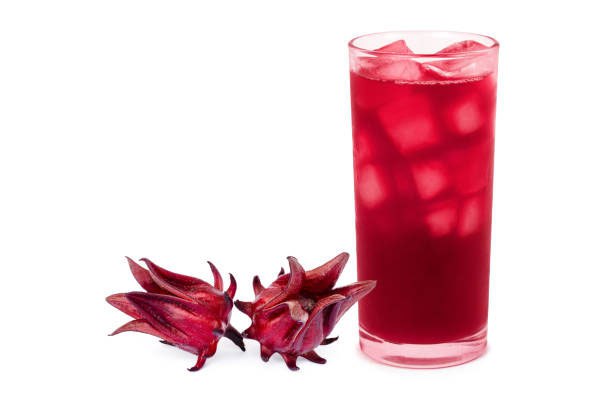
Hibiscus sabdariffa - Flor de Jamaica
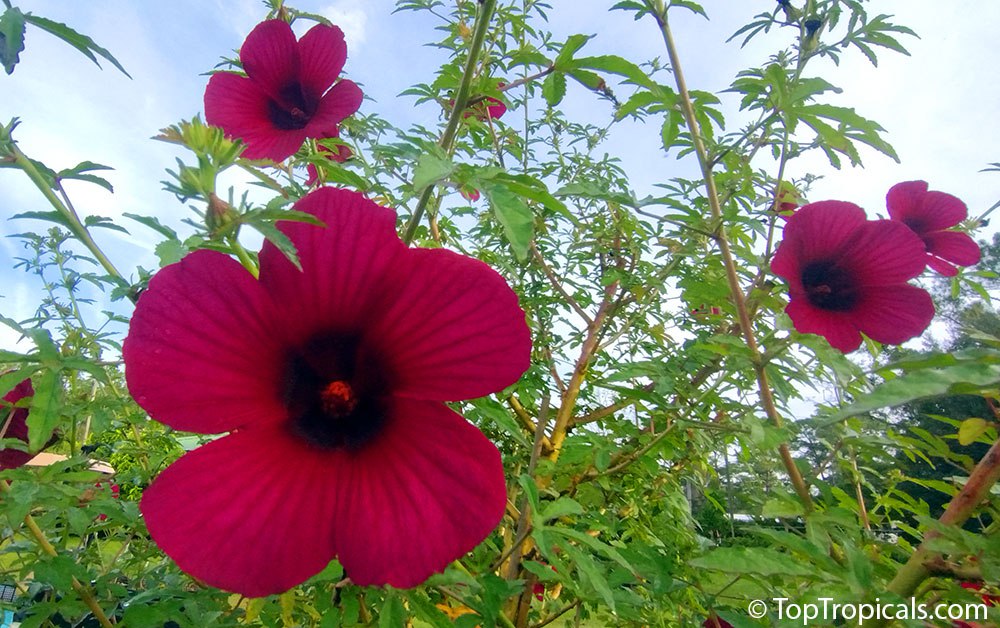
Hibiscus sabdariffa - Flor de Jamaica

Hibiscus sabdariffa - Flor de Jamaica
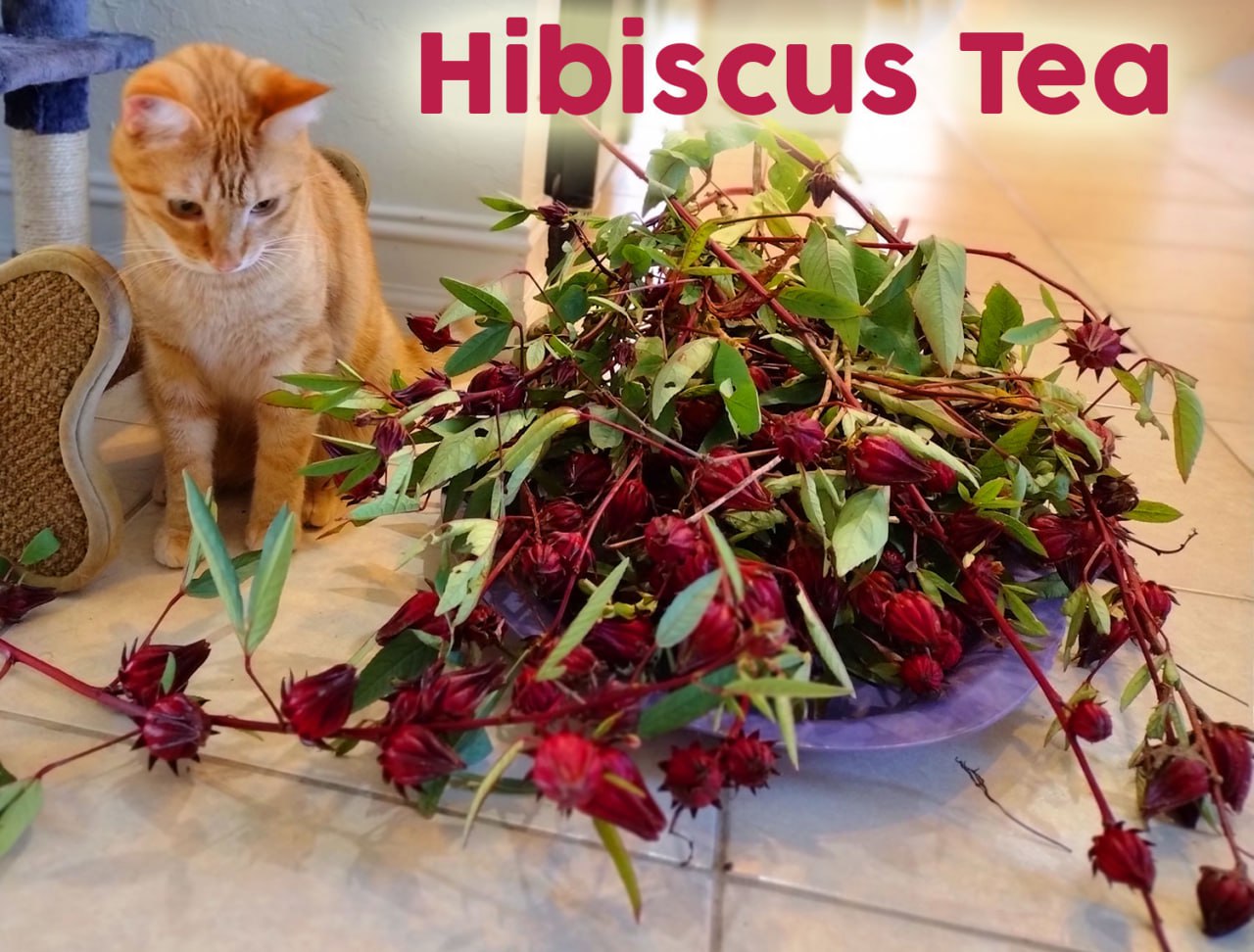
Hibiscus sabdariffa - Flor de Jamaica
Who doesn't adore hibiscus flowers? But guess what? Some hibiscus species are not only gorgeous but also surprisingly practical. They can jazz up your garden and your dinner plate!
Hibiscus cannabinus - Salad Hibiscus - flowers and leaves used in tasty healthy salads and teas.
Hibiscus sabdariffa - Flor de Jamaica, Karkade Sorrel, Roselle - flowers and used for famous beverage "Agua de Flor de Jamaica" and Karkade Tea.
Hibiscus acetosella - Cranberry hibiscus - cranberry-colored flowers and leaves are also tasty and healthy in salads and teas.
Grow your edible flower landscape in no time!
📚 Learn more, with recipes: Most useful Hibiscus plants
🎥 YouTube video: Jamaican Hibiscus Tea: what's in it?
🛒 Shop Edible Hibiscus
#Food_Forest #Remedies #Recipes
🏵 TopTropicals

